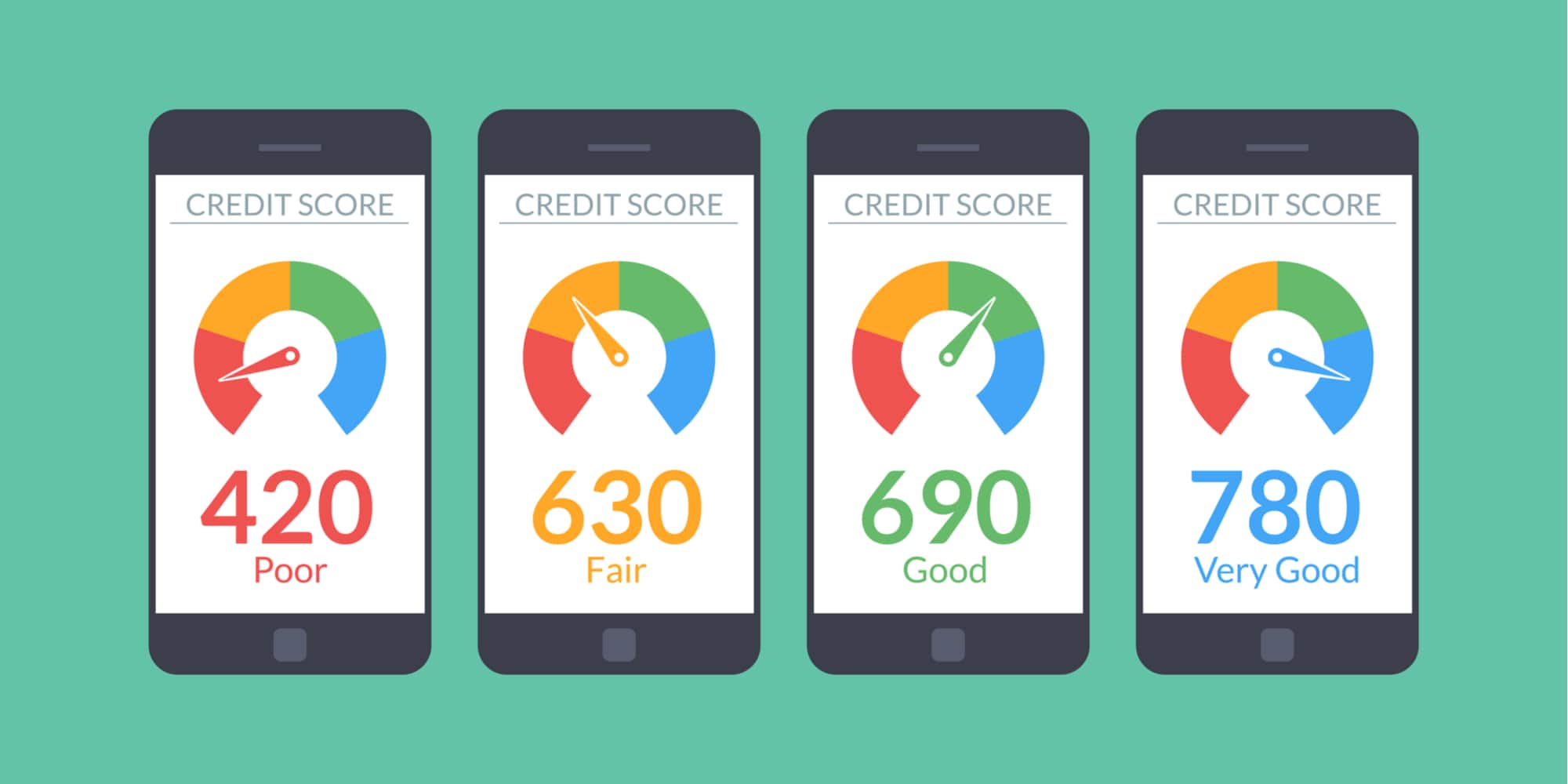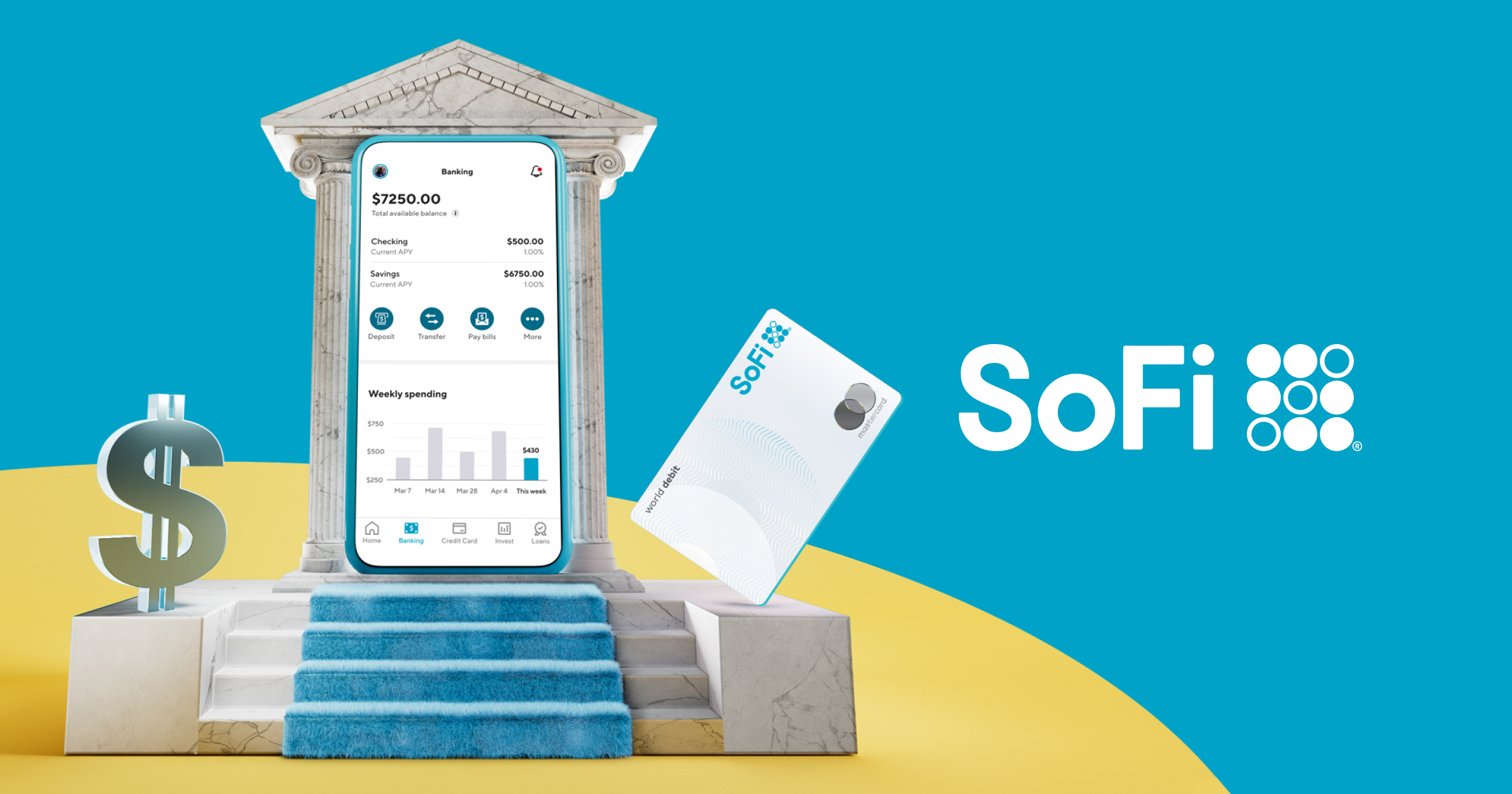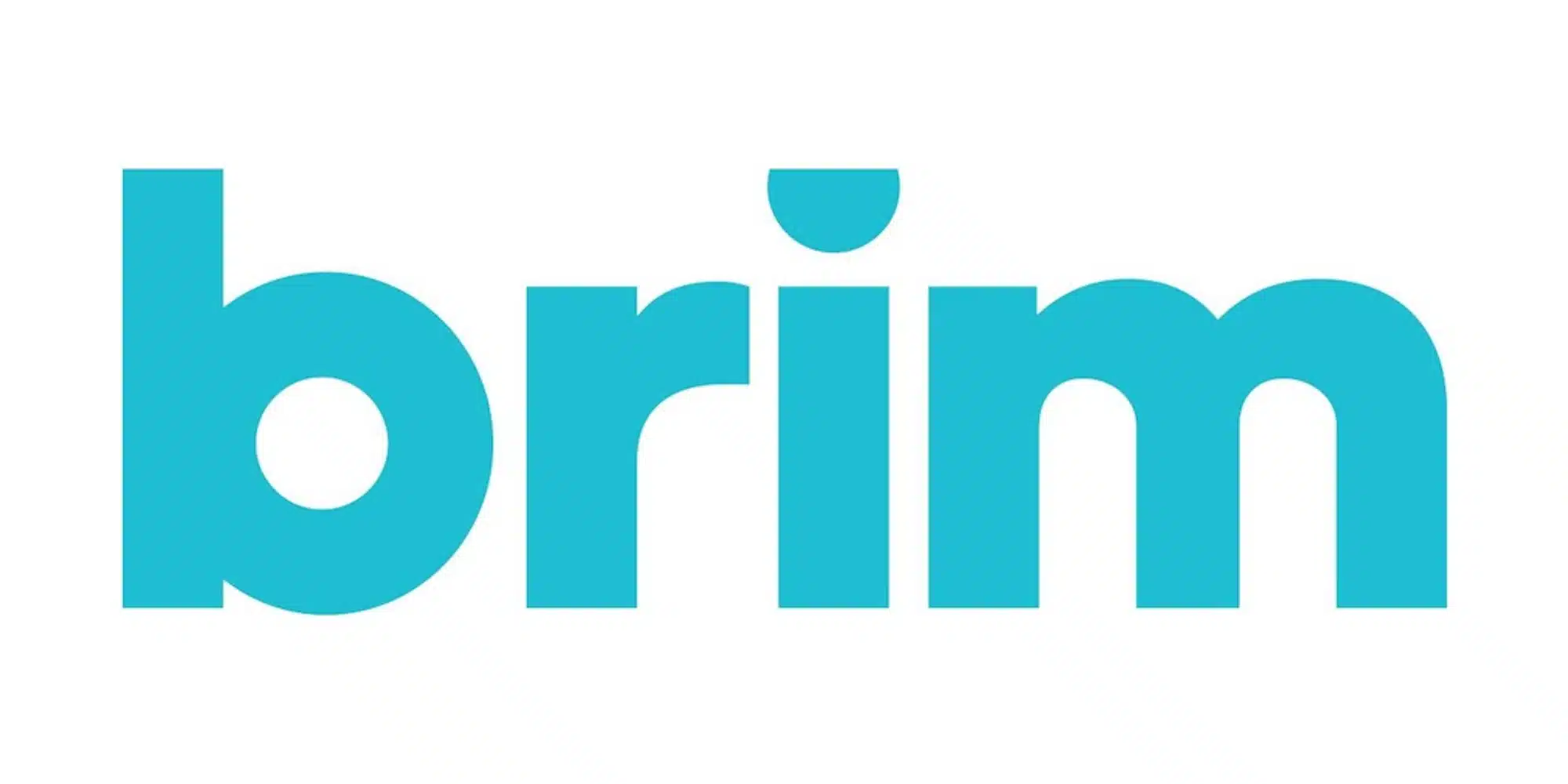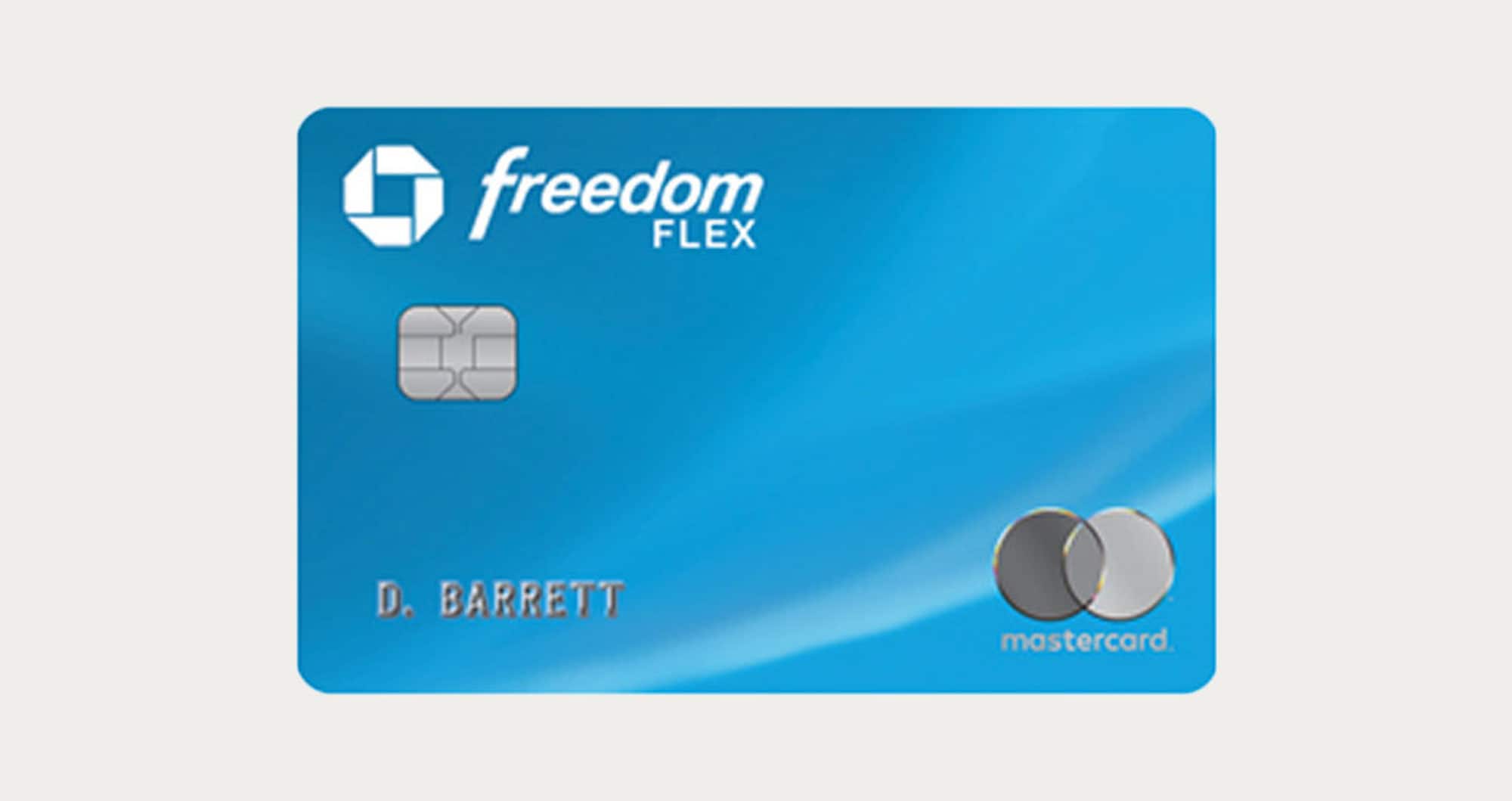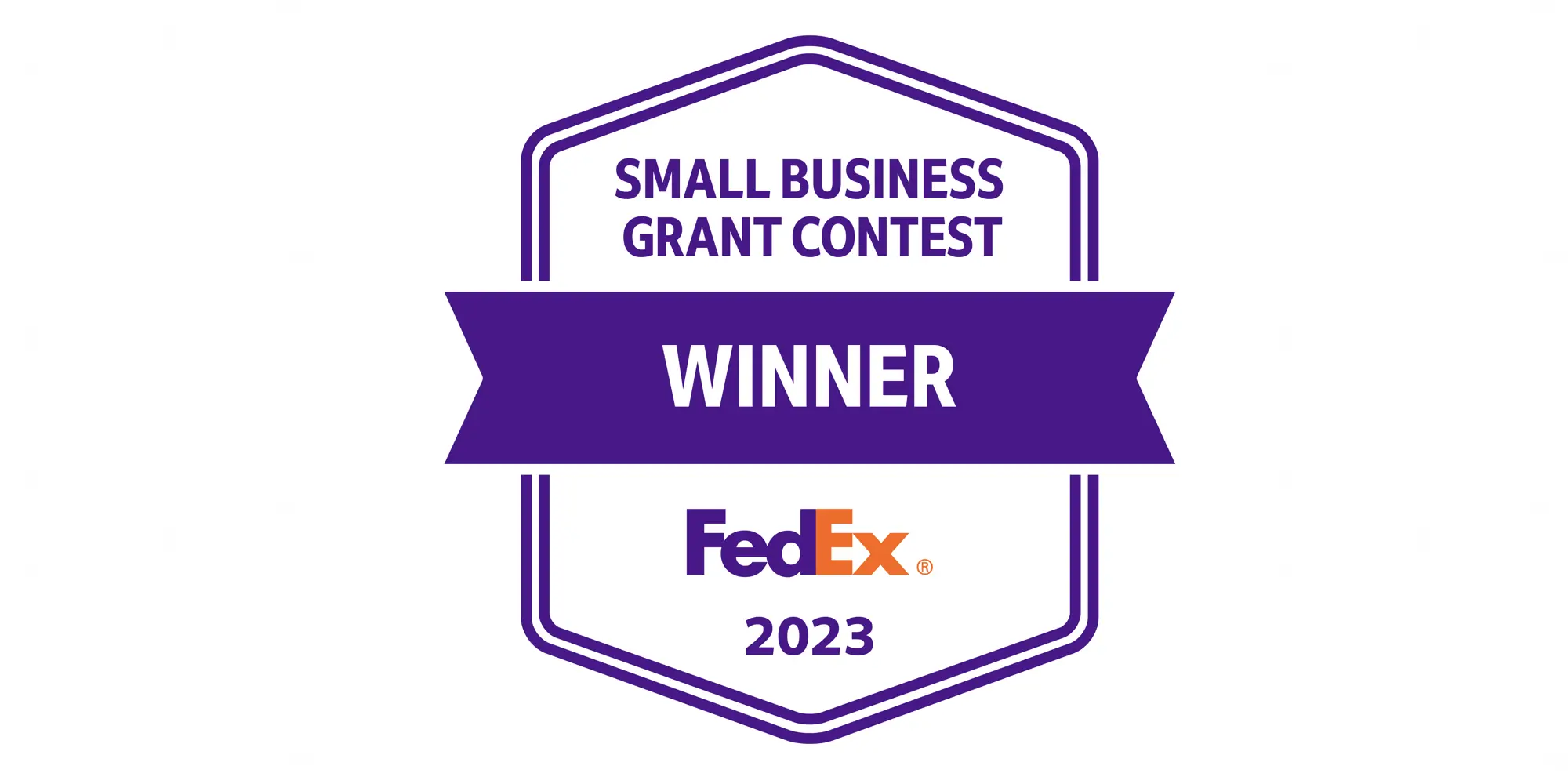
Money Management Tips
2019 Tax Preparation: What to Consider From Deductions to Online Filing Services
 With more than two months of 2019 already gone, Tax Season is officially in bloom. This year brings a heightened focus on tax returns thanks to the Tax Cuts and Jobs Act of 2017, which taxpayers are feeling the effects of for the first time. Beyond those changes, there’s still plenty of other things to consider when planning to file your 2018 returns.
With more than two months of 2019 already gone, Tax Season is officially in bloom. This year brings a heightened focus on tax returns thanks to the Tax Cuts and Jobs Act of 2017, which taxpayers are feeling the effects of for the first time. Beyond those changes, there’s still plenty of other things to consider when planning to file your 2018 returns.
From determining whether you should be itemizing your tax deductions to deciding what online tax preparation service is right for you, here’s a look at what you should be thinking about as April 15th draws near:
Standard Deduction vs. Itemized Deductions
One choice that might factor into your filing options is whether you plan to take the standard personal tax deduction or elect to itemize your deductions instead. As of last year, approximately 70% of taxpayers simply took the so-called Standard Deductions, although homeowners, charitable givers, and others may have found that itemizing was more lucrative. However changes to the standard deduction starting with the 2018 tax year may increase the number of Americans using this deduction.
As it turns out, determining whether you’ll want to itemize your deduction or not may play a role in helping you decide which tax preparation and filing option is right for you. With that in mind, here’s a brief overview of what you need to know about the standard deduction versus itemizing.
Standard Deduction
Understanding deductions in general
Before we get into the specifics of the standard deduction as well as itemized deductions, it’s important to understand what separates tax deductions from tax credits. Put simply, tax deductions are subtracted from your taxable income while tax credits are directly reflected in your tax bill. For example, if you grossed $40,000 in 2018 and took the standard deduction of $12,000, your taxable income would be $28,000. You would then be taxed on that figure instead of the full $28,000 — although, in this example, the deduction would move you from the 22% to 12% tax brackets, which obviously leads to additional savings.
Meanwhile credits serve as dollar for dollar reductions in your tax obligations. Take, for example, the Savers Credit that rewards lower wage earners for making contributions to their retirement accounts. On the surface, credits can be more lucrative than deductions but, as mentioned, deductions can be especially important when they bring you down to a lower tax bracket.
Understanding marginal tax rates
Something else we should address is how tax brackets actually work. The truth is that, while moving to a lower tax bracket will save you money, the difference might not be as large as you might suspect. That’s because the U.S. utilizes marginal tax rates.
Let’s return to our example of someone who made $40,000 in a year and claimed a standard deduction of $12,000 to arrive at a taxable income of $28,000. Under the 2018 tax brackets, that would land them in the 12% tax rate category. However this doesn’t mean that all $28,000 of their income would be taxed at 12%. Instead their first $9,525 — the limit for the first tax bracket — would be taxed at 10%, while any income over $9,525 would be taxes at the 12% rate.
To drive home this point, were the $28,000 all taxed at 12%, that would amount to a tax obligation of $3,360. In actuality, the first $9,525 would be taxed at 10% ($952.50) while the other $18,475 is taxed at 12% ($2,217) for a total obligation of $3169.50. This difference becomes even more significant as your income rises into higher brackets, which is why it’s important to truly understand how your tax rates are assessed.
Personal deductions and business deductions
Another important note for freelancers and self-employed individuals is that business deductions are separate from personal ones. In fact it’s likely that you’ll not only take deductions for business expenses, mileage, ect. but will also be eligible for certain personal deductions. Because of this it’s important to keep your records organized and to separate your business finances from your personal ones. This is where software and online solutions such as Quickbooks Self-Employed can come in handy and make managing your taxes a bit easier.
Changes made to this year’s tax returns
As mentioned, the majority of American taxpayers already utilized the standard deduction when filing their returns but that figure is likely to increase this year. That’s because, for many, the standard deduction has nearly doubled, making it less likely that itemized deductions will exceed the standard. Here how the deduction for 2018 tax year differed from 2017:
| Status | 2018 tax year | 2017 tax year |
|---|---|---|
| Single individual | $12,000 | $6,350 |
| Married filing separately | $12,000 | $6,350 |
| Head of household | $18,000 | $9,350 |
| Married filing jointly | $24,000 | $12,700 |
Given this change, even if you’ve previously itemized deductions, you’ll want to double check that this is still the best option for you.
Itemized Deductions
Homeowners
In order to incentivize house buying, the IRS allows homeowners to deduct the mortgage interest they pay in a year from their taxable income. As a result this perk alone may exceed the standard deduction. It’s worth noting that the recently-passed tax bill will also bring changes to this rule, with the mortgage interest deduction cap lowering from $1 million to $750,000.
Charitable donation
Those who donate a sizeable portion of their income to charity might also find value in itemizing their deductions. Donations to qualifying nonprofits including churches and other organizations can be deducted from your taxable income provided that you itemize these deductions. To confirm that your favorite non-profit is eligible to receive tax-deductible donations, you can use the IRS’s Exempt Organizations Select Check tool.
Medical Expenses
While the current tax law penalizes individuals who don’t maintain health insurance, it does allow you to deduct some of your medical bills from your taxable income. However these expenses can only be deducted if they exceed 7.5% of your adjusted gross income and excludes any expenses you were reimbursed for (be it by an insurer, employer, etc.). Furthermore that figure will rise to 10% of your AGI starting in 2019.
Online Tax Preparation Service Options
When it comes to preparing and filing your taxes, there are now several online resources you can turn to. Add in the speed and simplicity of E-File and you can now complete your entire tax return without setting foot outside your house. Given this abundance of options, it’s worth taking a look at several different services and what separates them from the rest of the pack.
Keep in mind that many of these services allow you to start your return for free, only paying when you decide to file. Therefore, if you’re ultimately unsure which option is best, you may be able to get hands-on with a couple of options before making your final decision. With that out of the way, let’s dive into a few popular online tax preparation options.
H&R Block
Perhaps the most recognizable name on this list is H&R Block, which runs a number of brick-and-mortar tax preparation centers in addition to having online DIY products. The first of these products is their free online plan, offering $0 federal and state return filing. From there, H&R Block offers the Deluxe package for $22.49, Premium package for $37.49, a Self-Employed package for $59.99, and a new Tax Pro Review plan for $119.99. Note: for each option aside from their free online file plan, an additional $36.99 fee is charged for each state filing.

The difference in each of these packages is the number of tax situations they support and the help they provide. For example, while the free online plan offers technical support by chat, unlimited tax advice by chat doesn’t kick in until the Deluxe package. Meanwhile those using apps like Stride might need to upgrade to the Premium package, which supports expense imports. Finally, for those who want to file a Schedule C with business deductions, the Self-Employed or Tax Pro Review options will be required.
One change H&R Block has made from previous years is that pro tax review is now only available as its own package instead of being an add on. The good news is that the price of the other packages has come down some to compensate for the change. As a result, the new Tax Pro Review package still comes in cheaper than the previous Self-Employed package with the tax pro review upgrade did last year.
TurboTax
While H&R Block has made a name for themselves in the storefront tax preparation business, TurboTax has been a go-to software option for several years. Naturally that reputation now extends to the Internet, with TurboTax offering several online services. Similar to H&R Block, these options start with a Free Edition package featuring $0 federal and state returns, a $59.99 Deluxe package, $79.99 Premier package, $119.99 Self-Employed package, and finally TurboTax Live packages ranging from $79.99 to $199.99. Note that all of the options excluding Free Edition also charge $39.99 per state filing.

The downside of TurboTax’s Free Edition is that it only supports a limited number of forms and only allows for W2 income. Those wishing to itemize deductions will need to upgrade to the Deluxe version of TurboTax online, which also searches 350 deductions and credits to help you maximize your refund. For support with Schedule D and Schedule E, you may need to upgrade to the Premier edition. Finally those needing to file a Schedule C will need to opt for the Self-Employed package.
For small business owners who use Quickbook Self-Employed for their expense and record keeping, TurboTax does have one big advantage. With both services falling under the Intuit umbrella, you can easily import your mileage and expenses from Quickbook Self-Employed when you use the Self-Employed online tax preparation option.
Lastly, TurboTax Live allows you to reach a CPA or EA live and on-demand as you complete your return. This option supports complex tax situations and allows you to have your questions answered along the way. Additionally users who sign up for this option will have their finished return reviewed by a professional to make sure everything looks good.
Credit Karma Tax
If you’re a savvy credit consumer, you’re likely familiar with Credit Karma and their free credit score services. In 2016 they expanded their offerings to include free tax preparation and filing support. Credit Karma Tax boasts free federal and state filing, 24/7 help along the way, and more — all wrapped in CK’s slick user interface. Furthermore the site promises no upselling and, in fact, has no paid options to upgrade to.
[ampvideo provider=”vimeo” video=”247408715″ aspectratio=”4×3″]
One big downside to Credit Karma Tax in previous years was that certain state returns were not yet supported, although that has seemingly changed. Nevertheless some reviewers have noted bugs that are likely a symptom of the service’s infancy. That said it does stay true to its “free as free gets” promise and will hopefully improve with future tax seasons.
Last year, Dyer News contributor Kyle Burbank actually filed his self-employed return with Credit Karma Tax and shared his experience. However this year he came across one potential flaw, which is that 1099 payers need to have an actual EIN as the Social Security number format is not supported. In other words, all of your clients must be businesses and not individuals to use this option. Small hiccups like this are why some self-employed individuals and other filers may prefer more established services over this relatively young offering.
TaxSlayer
For those willing to take a chance on a site with less name recognition in order to save, TaxSlayer may be an option for you. Unfortunately, while several of their other offerings are priced a bit lower than H&R Block or TurboTax, TaxSlayer’s free option seems to be lacking. For one it only supports Form 1040. However TaxSlayer’s other options — Classic at $17, Premium at $37, and Self-Employed at $47, support all major forms. On top of those numbers, each state return filed will add $29 to the Classic, Premium, and Self-Employed options.

As far as differences between the various tiers go, the biggest difference comes between the Classic and Premium options. The Premium level is where support options such as Ask a Tax Pro, live chat, and Audit Assistance come in. Overall, despite a free option that is comparatively lacking, TaxSlayer’s packages not only come in at much lower price-points than some of the big guys but their state returns are also cheaper to file. TaxSlayer presents a strong case for self-employed individuals who aren’t concerned about importing from Quickbooks, although the now $47 package (previously $55) no longer includes a free state filing.
TaxAct
Like TaxSlayer, TaxAct also offers a number of competitively-priced options for individuals with a variety of tax needs. In addition to a free option (or “I ❤️ Free”) with support for federal forms 1040 as well as free state filing, TaxAct also has a $14.95 Basic+ plan, a $47.95 Deluxe+ plan, $57.95 Premier+ plan, and a $77.95 Self-Employed+ plan. State returns also add an extra $19.95 to the I ❤️ Free and Basic+ options while state filings for the Deluxe+, Premier+, and Self-Employed plans add $39.95.

Aside from having among the highest per-state return cost on the list, some of TaxAct’s base packages do come in a bit cheaper than similar plans from those big players. Incidentally the company has also seen the biggest changes to their pricing since last year when they only had four package options and their free option included a state filing. In any case, Basic+ includes e-mail support, deductions, and more. All packages also allow you to import last year’s returns from a PDF to help jumpstart your 2018 filing.
Those wishing to itemize deductions will need to upgrade to the Deluxe+ plan, which also includes one-on-one phone support. Premier+ supports a number of tax situations including Schedule D investments and Schedule E rental income along with prioritized in-app chat while the Self-Employed+ plan seems to includes all of these features plus support for Schedule C. As a result, this could be a decent “middle of the road” option for filers.
FreeTaxUSA
Another alternative to the big guys is FreeTaxUSA. Despite its name, the site only offers support for preparing and filing federal returns without charge while state returns cost $12.95. That said, the free federal filing applies to several tax situations including self-employment and support for investments. Moreover, although there is no free state option like with some other services, FreeTaxUSA’s price per state filing is the cheapest of the options on our list.

For those seeking a little more than FreeTaxUSA’s no-frills, straightforward, DIY basic level, there is a Deluxe option for an additional $6.99. This add-on includes priority support, audit assist protection, and the ability to file amended returns at no cost. However, even with that support, reviews suggest this might not be the best option for those who are less confident in their tax filing abilities. So while FreeTaxUSA is certainly budget friendly, those willing to pay more for guidance and peace of mind may want to look elsewhere.
Brick-and-mortar options
If online services just aren’t for you, there is another way. As you probably already know if you’ve ever spotted a sign-twirling Statue of Liberty in your area, there are still plenty of brick-and-mortar businesses that specialize in helping you file your tax return and maximize your refund. These range from big chains like the aforementioned H&R Block to independent CPAs that can give you one-on-one support with your taxes. Depending on the business, this option may be more expensive than the online services, but at the end the day it may be worth it to let someone else handle the whole tax mess for you.
 Save Even More on Tax Prep Services
Save Even More on Tax Prep Services
Something I found interesting when updating this post for 2019 was a number of the services actually lowered their prices from the 2018 season. Perhaps this is due to increased competition from completely free tools like Credit Karma or changes to the tax law that requires fewer people to itemize deductions. In either case it’s good news for taxpayers.
What’s also good news is there may be ways you can save even more or compare different services without paying upfront.
Cash back tools
If you’re a user of Ebates (now Rakuten), you may be interested to know that several of the online tax preparation sites have cash back offers you can take advantage of. Here’s what was available as of March 2019:
- H&R Block: 9% cash back on online filing packages
- TurboTax: Up to 7.5% cash back (7.5% on Deluxe, Premier and Self-Employed Editions, 2.0% Cash Back on TurboTax Live Deluxe, Premier and Self-Employed Editions)
- TaxAct: 10% cash back
- TaxSlayer: $10 cash back (note: flat dollar rate, not percentage)
- FreeTaxUSA: 25% cash back
On top of these cash back deals, Ebates.com and Rakuten.com list some coupons you may be able to utilize in addition to your cash back offer. There you’ll also find some details on a few exclusions to these deals, so be sure to read up carefully to make sure your chosen product qualifies.
Of course, if you don’t already use Ebates/Rakuten, you can sign-up to take advantage of these deals and many more. Plus, when you sign-up and spend at least $25 on a qualifying purchase, you’ll earn your choice of a $10 Walmart gift card or have $10 added to your cash back balance. The choice is yours.
Try before you buy
Understandably, trying to choose the best tax prep service just based on a few feature descriptions can be difficult. That’s why it’s important to note that many of these platforms allow you to sign-up for free, only charging you when you complete your work and are ready to file. Because of this, you may be able to try out different options hands-on without needing to spend money upfront.
Along those same lines, if you don’t have a ton of experience with filing your own returns, it may be worth trying a couple of different services just to ensure that you’re getting the maximum refund or lowest payment (legally) possible. Sometimes just the way one service asks for information as opposed to another can cause you to overlook potential deductions. Thus, even if you ultimately choose to file on a less-expensive service, perhaps doing a “test run” on another platform can help bring attention to more potential deductions that you can add to your return.
With 2018 tax returns due in just a few short weeks, now is the time to start thinking seriously about your tax filing plan. The first step is to determine whether you’ll need to itemize your deductions or whether the standard deduction will suffice. Next, you can determine which (if any) online tax preparation services meet your needs or elect to hire a local tax professional to take over the job for you. Plus, thanks to cash back offers and “try before you buy” policies, you may be able to save even more. Whatever you end up electing to do, just make sure that your return is postmarked by April 15th, 2019. Happy Tax Season!

